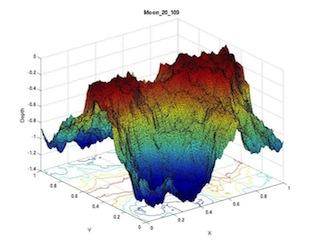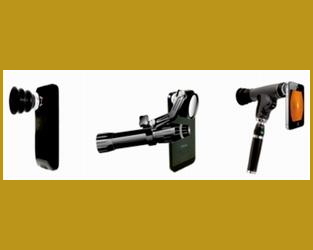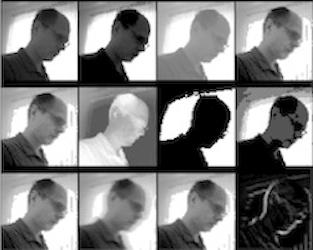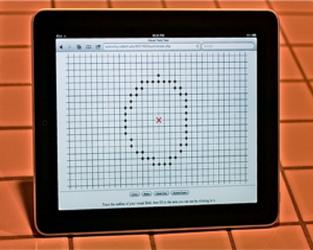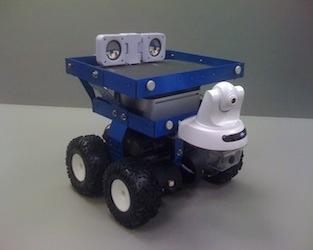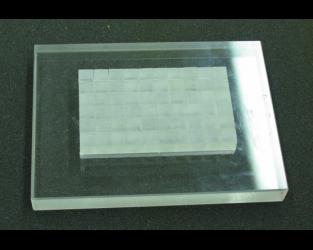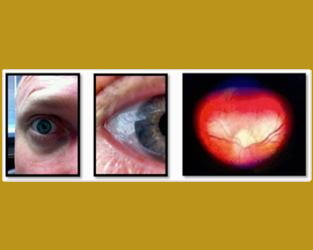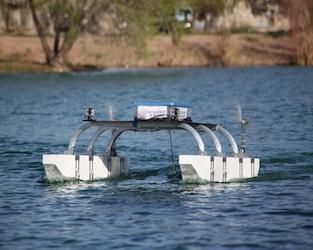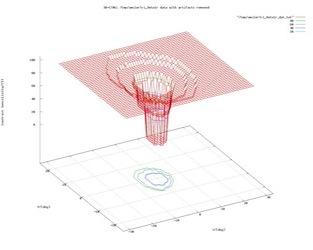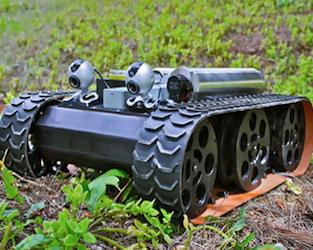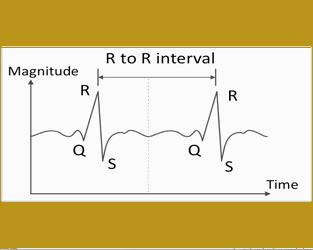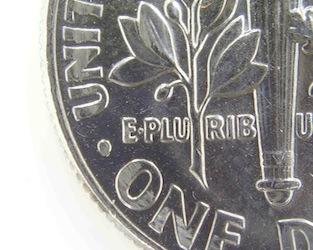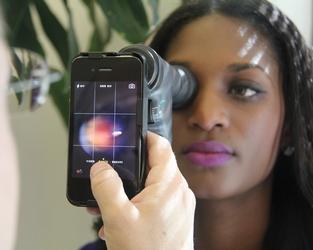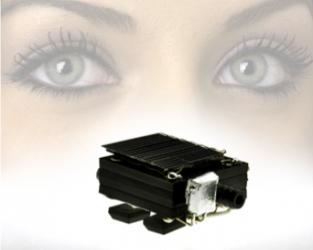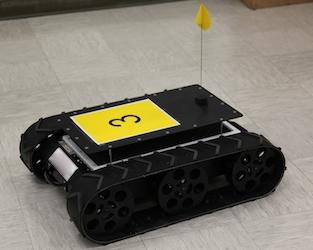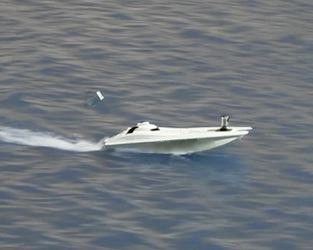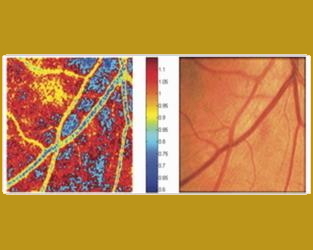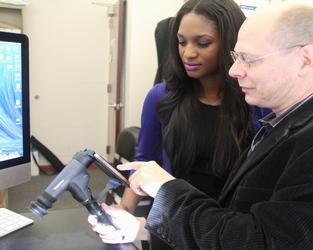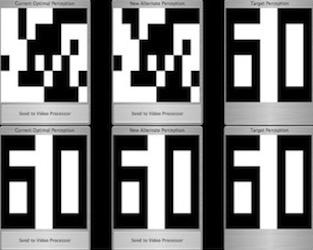Ocular Sensor Reader Systems for Treatment and Management of Glaucoma
We have developed user-friendly, non-invasive external readout systems to obtain (optically) information from, e.g., the anterior chamber of the eye such as but not limited to indicated intraocular pressure (IOP) from an implanted IOP sensor, fill-level of implanted drug delivery systems, status monitoring of glaucoma relieve valves/shunts, and other physiological conditions. Two designs have been devised and prototyped: (1) an indirect digital camera-based reader, and (2) a direct opto-mechanical reader. The digital reader comprises an off-the-shelf consumer digital camera (5 MP) that has been modified, i.e., equipped with custom adapter and custom lens to shorten the focal length for close-up imaging. Focus is maintained with the built-in autofocus. The opto-mechanical reader is a U-shaped binocular, using only optical components, i.e., lenses and prisms/mirrors to reroute the optical pathway. The user monitors with one eye the anterior chamber of the respective other eye in magnification, and vice versa. The focus of the optical lens system and the width between the two eyepieces of the opto-mechanical reader are user-adjustable. The digital reader images the eye at about 20-50x magnification. For example, it takes a snapshot of the iris, which may carry an implanted sensor (e.g., MEMS-based IOP sensor attached to the iris) and displays the image on the built-in LCD viewer. With the optical zoom engaged the reader currently achieves a resolution of about 5mm per pixel and with the additional digital zoom a resolution of about 1.2mm per pixel. These performance parameters are camera-dependent, i.e., they are linearly coupled to the horizontal and vertical camera resolution at hand. The opto-mechanical reader achieves currently a 20-50x magnification. The digital reader utilizes off-the-shelf consumer digital cameras and hence may provide a low-cost digital microscope capability. The advantage of the opto-mechanical reader is that it does not require any type of camera, image processing, or other electronic parts. Both reader designs may enable users to image or self-examine their eyes without the help of others. They may assist the treatment and management of glaucoma.
[Issued patent(s): U.S. 7,481,534 and U.S. 7,762,664]




